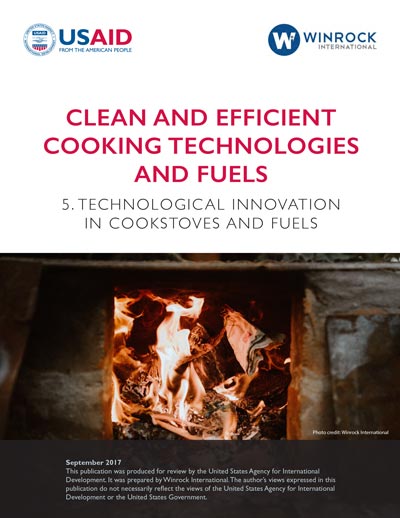Home » Energy » Toolkits » Cooking Technologies and Fuels » Technological Innovation in Cookstoves and Fuels
Speeches Shim
![]() (1 MB) Clean and Efficient Cooking Technologies and Fuels: Technological Innovation in Cookstoves and Fuels
(1 MB) Clean and Efficient Cooking Technologies and Fuels: Technological Innovation in Cookstoves and Fuels
Clean and Efficient Cooking Technologies and Fuels Toolkit
Improved technologies and fuels currently available for household, institutional and commercial use; recent advancements in research and design; and production strategies.
Low quality or poor performing technologies or fuels not only reduce or reverse expected project impacts, but can also spoil the market for future higher quality technologies. Choosing the right stove or fuel is critical, as it must meet the primary cooking needs of the target consumer to be effective over time.
Best Practices
- Determine which cooking technologies and fuels already exist on the market for your target consumers. Also research which technologies are made locally and which are imported, and assess the pros and cons of each.
- Research the accessibility of different fuels where you’re working. If charcoal is ubiquitous, your alternative fuel must compete not only in terms of price but also in terms of accessibility. If there’s no infrastructure in place for easy (and safe) refills, liquid and gas fuels won’t be adopted as primary cooking fuels and any intervention will prove unsustainable. If consumers currently collect fuel for free, project implementers must carefully research ways to introduce fuels that convince end users to invest their limited resources.
- Stoves and fuels cannot be used interchangeably. Stoves are often – almost always – designed with a specific fuel in mind for optimum performance. Introducing a new fuel means finding the right technology to use it in! Don’t assume the performance will be the same with a new fuel.
- Keep the consumer at the forefront of the decision making process when making fuel/technology decisions. A consumer-centric approach will help you navigate the tradeoffs associated with every technology or fuel, as well as different manufacturing options.
Date
Saturday, September 30, 2017 - 10:45pm


Comment
Make a general inquiry or suggest an improvement.